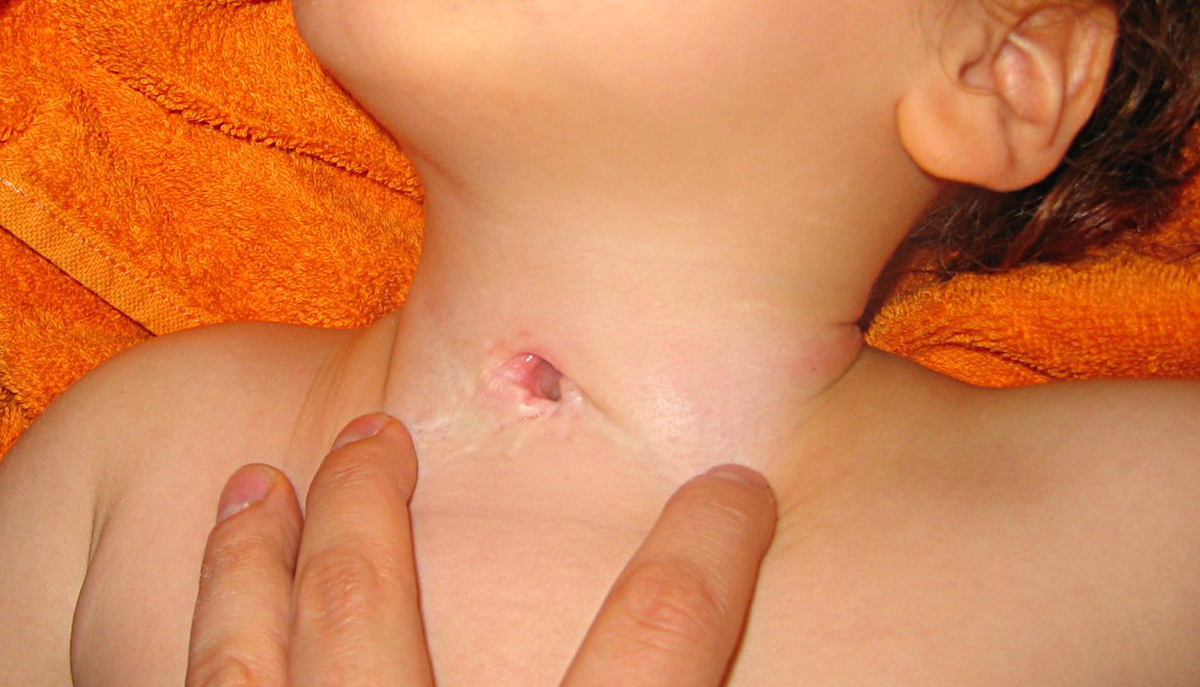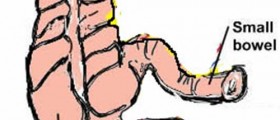
Introduction and General Data
Tracheostomy is a surgical procedure of placing the tube into the trachea through a hole. The hole leads directly into trachea and this way the upper parts of respiratory system can be excluded from the process of breathing. Thacheostomy is a most commonly performed in those people whose breathing cannot be properly improved by intubation. Additionally it can be done if there is excessive fluid present in the upper airway. The tube placed into the trachea is left there only for a short period of time.
The obstruction in airways is most commonly indication for tracheotomy. There are different causes of the obstruction and they include foreign objects, severe trauma of the maxillofacial area, inflammation of epiglottis and other parts of upper respiratory system, tumors of the tongue, larynx or thyroid gland and so on. Even edema caused by inhalation of certain steams or corrosive substances is an indication for tracheostomy.
Complications of Tracheostomy
All the complications connected to tracheostomy can be classified into those which develop during the very procedure and those that occur after the procedure has been done. Some complications are temporary while others are permanent.
During the surgical procedure there is slight chance of prolonged or excessive bleeding. In general the blood originates from the isthmus of the thyroid gland which is exposed and can be easily injured. Additionally, other organs such as esophagus or larynx may be damaged during tracheotomy. Laryngeal structures, especially vocal cords, can be permanently damaged. Hypoxia is one more possible complication of tracheotomy. In rather rare cases pneumotorax can occur. It features with the collection of the air in the chest cavity. The accumulated air can make pressure onto the lungs and lead to lung collapse. And finally, similar to any other surgical intervention even tracheotomy carries a risk of infections.
There are certain complications that develop after tracheotomy has been performed. The tube that is placed into the trachea can be blocked. Mucus and blood clots most commonly lead to this blockage. If laryngeal structures have been permanently damaged one may have problems with the speech including chronic hoarseness. The trachea can be also seriously damaged and this damage can become obvious certain time after the operation.Pneumonia and other infections are additional late complications of trahceostomy.
All in all, majority of possible complications can be properly prevented. For instance the tube is regularly suctioned and this prevents its blockage. Furthermore, if a surgeon pays attention during the procedure the possible damage to the surrounding tissue is significantly reduced.

















Your thoughts on this
Loading...